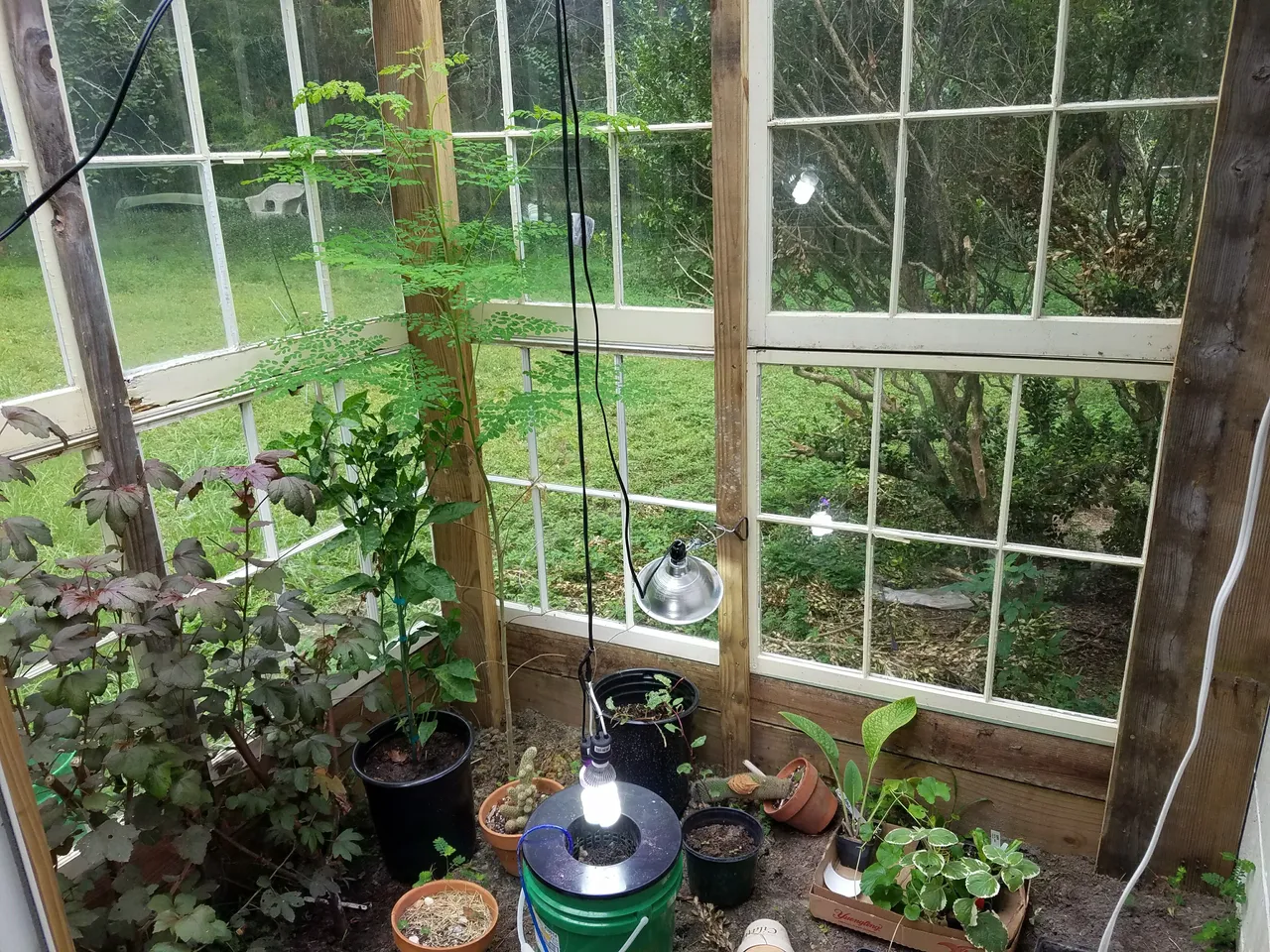
The greenhouse is filling up fast! Before I built it, there were plants that I stayed away from, concerned that unpredictable North Florida winters might kill them off. Having a structure that I can heat and control temperature fluctuations has opened up some possibilities for me. For more information on how the greenhouse was built take a look at my original greenhouse post.
Peppercorn Vine
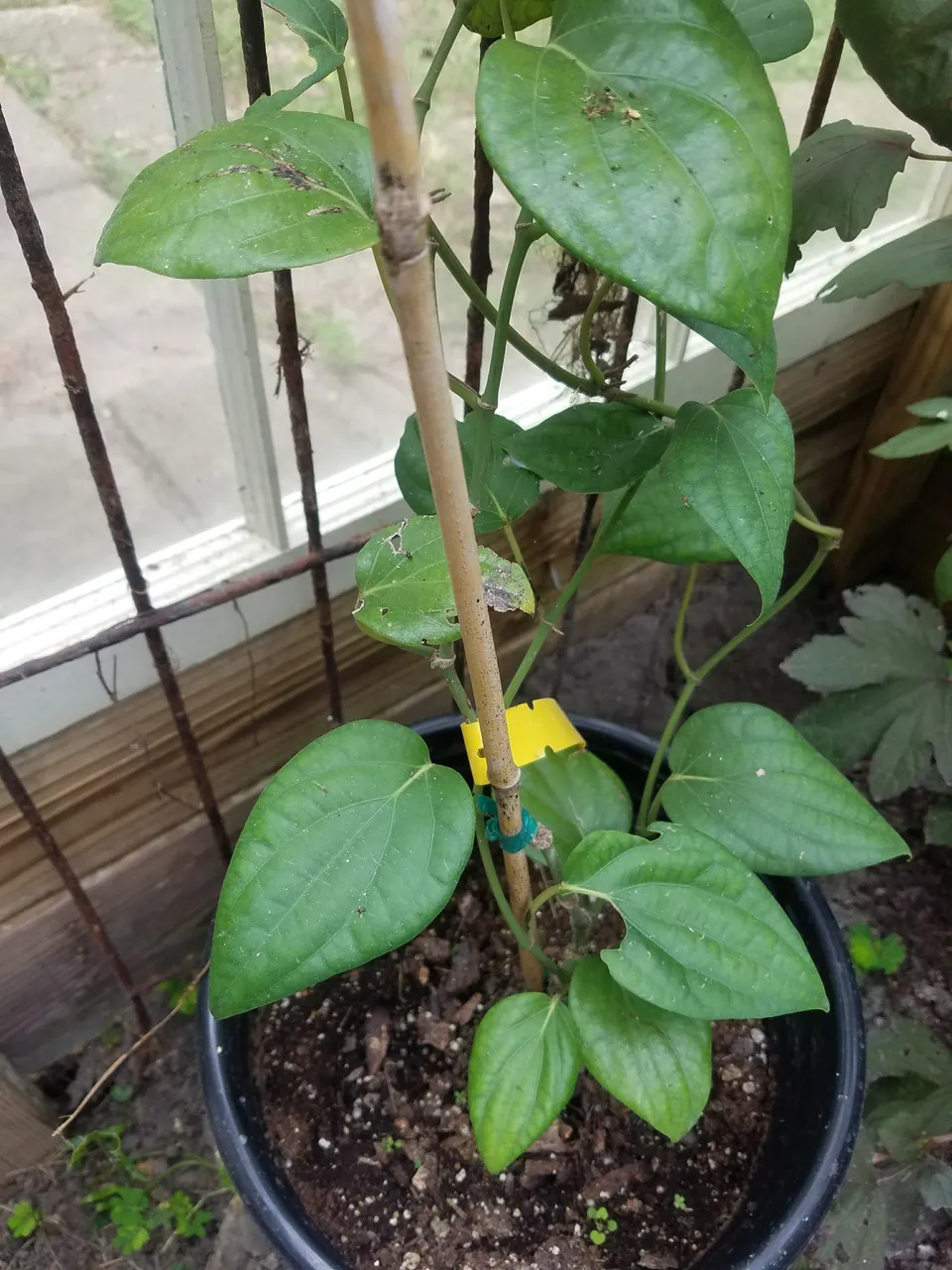
The pepper you sprinkle on your food is made from dried peppercorns, which grow in clusters like grapes on a vine. Peppercorn vines mostly grow in tropical areas and are sensitive to cold weather, so I'm hoping that the greenhouse will protect the vine and allow it to fruit.
Malabar Spinach
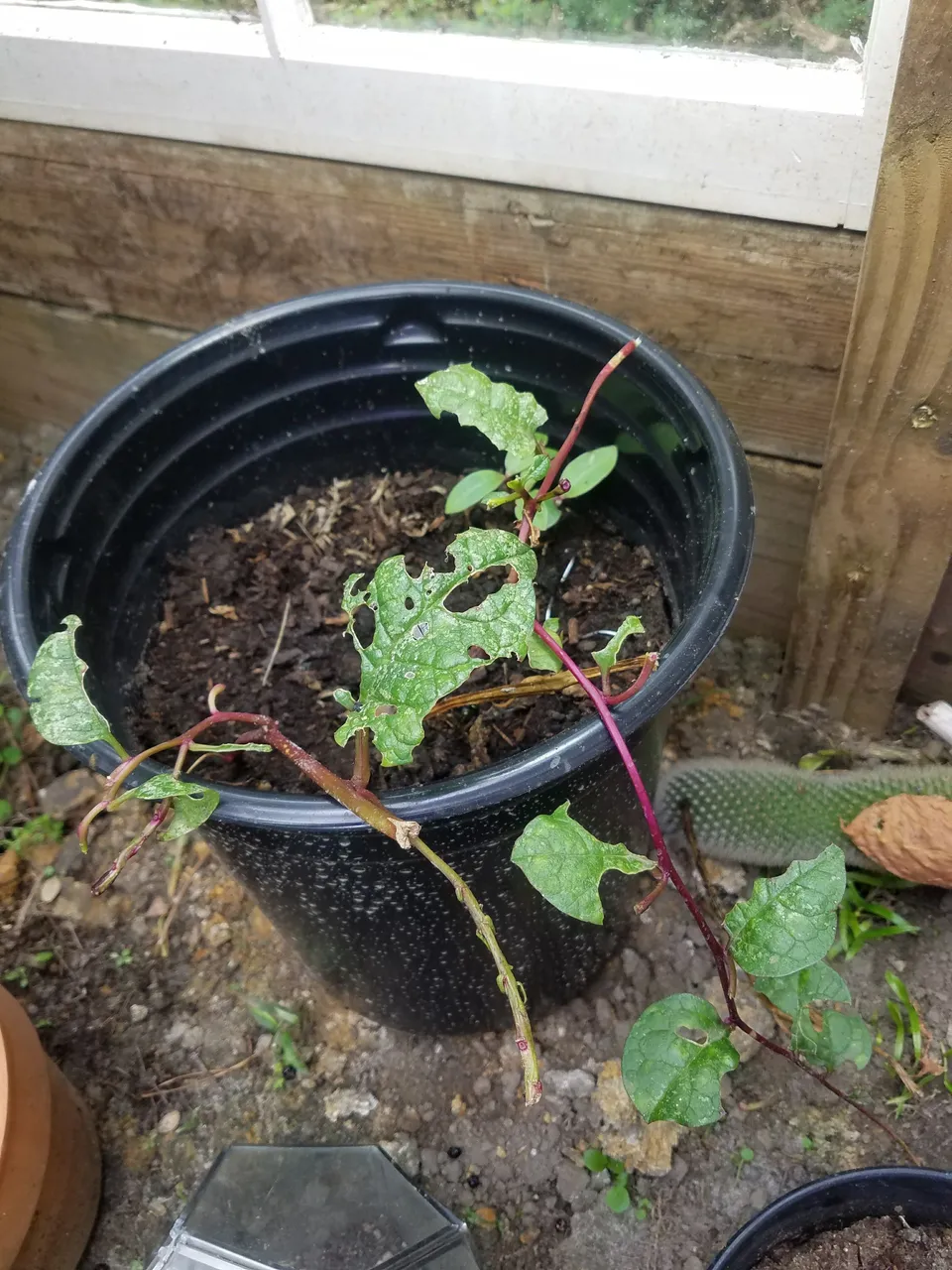
Not a true spinach, Malabar spinach is an edible vine that loves heat. In fact, it flourishes in temperatures over 90 degrees.
Moringa Tree
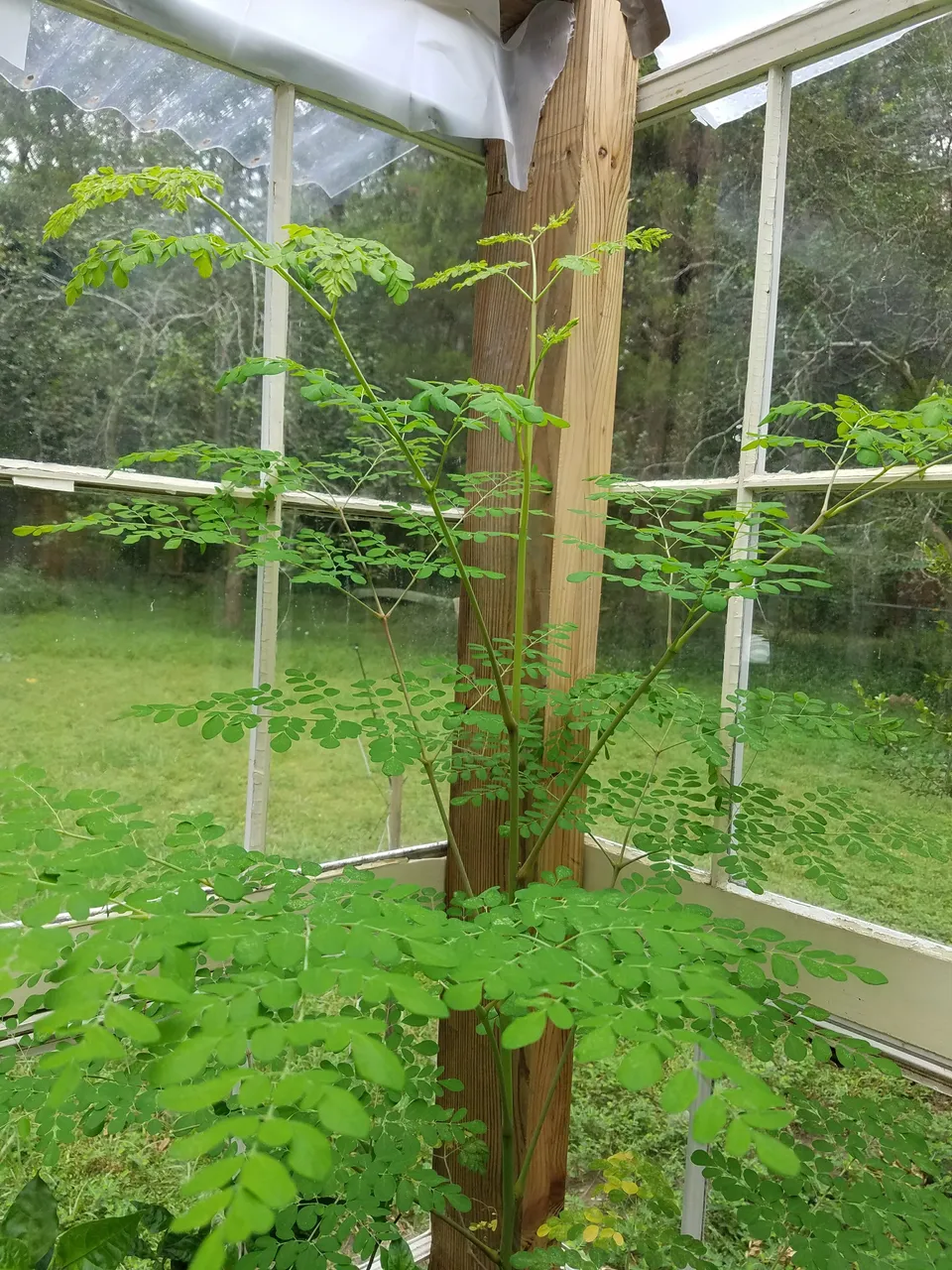
Moringa leaves have been hailed as a superfood. With 25 times more iron than spinach, 4 times more protein than eggs, 17 times more calcium than milk, 15 times more potassium than bananas, and 10 times more vitamin a than carrots, I thought this tropical plant would be a nice addition to a salad. It has really taken to the greenhouse environment and is almost to the roof!
Cranberry Hibiscus
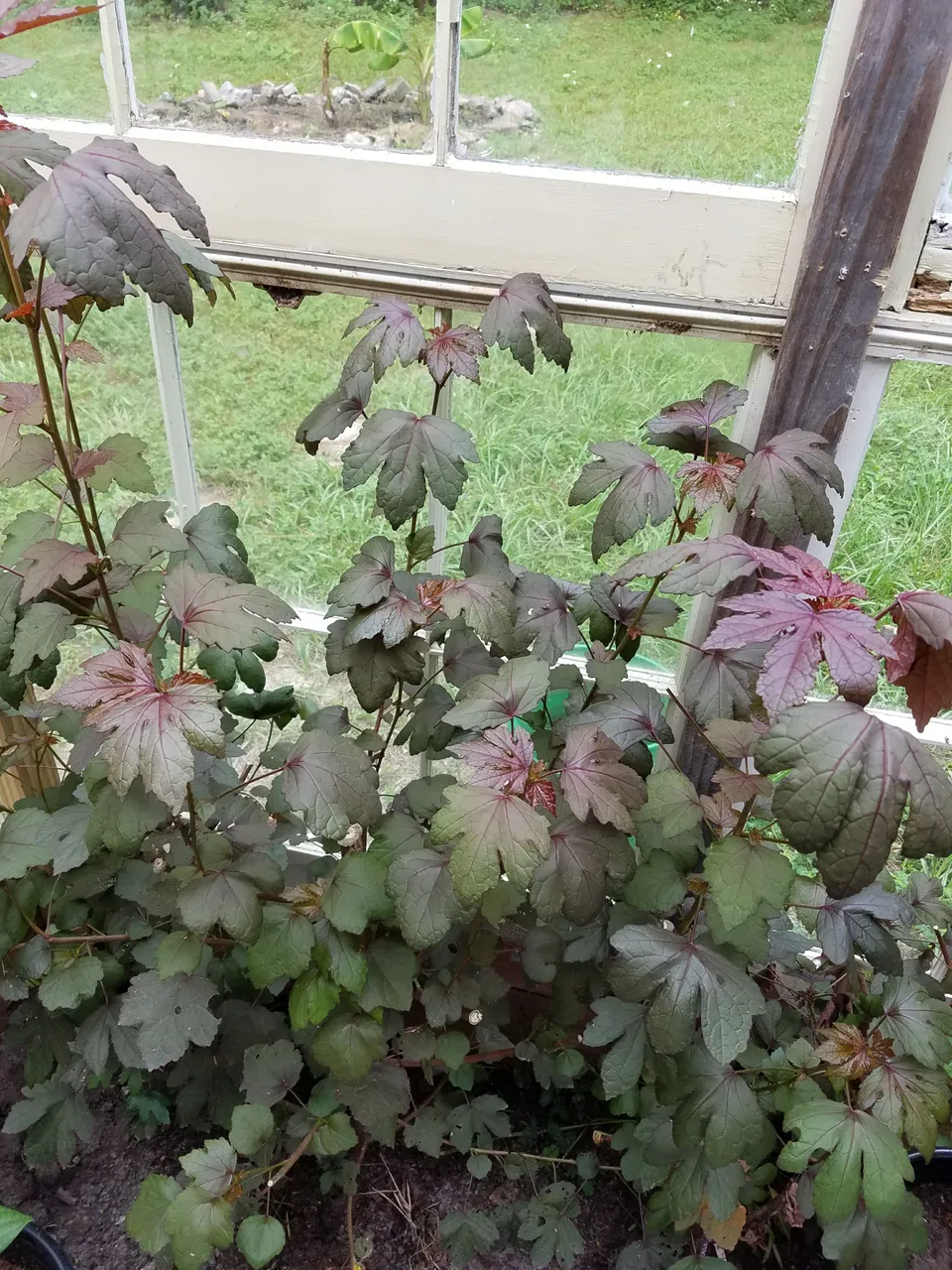
Another good addition to a salad, Cranberry Hibiscus leaves have a tangy taste and these two plants have also taken to the greenhouse. Hopefully this will provide fresh salad leaves through the winter.
Lemon Balm
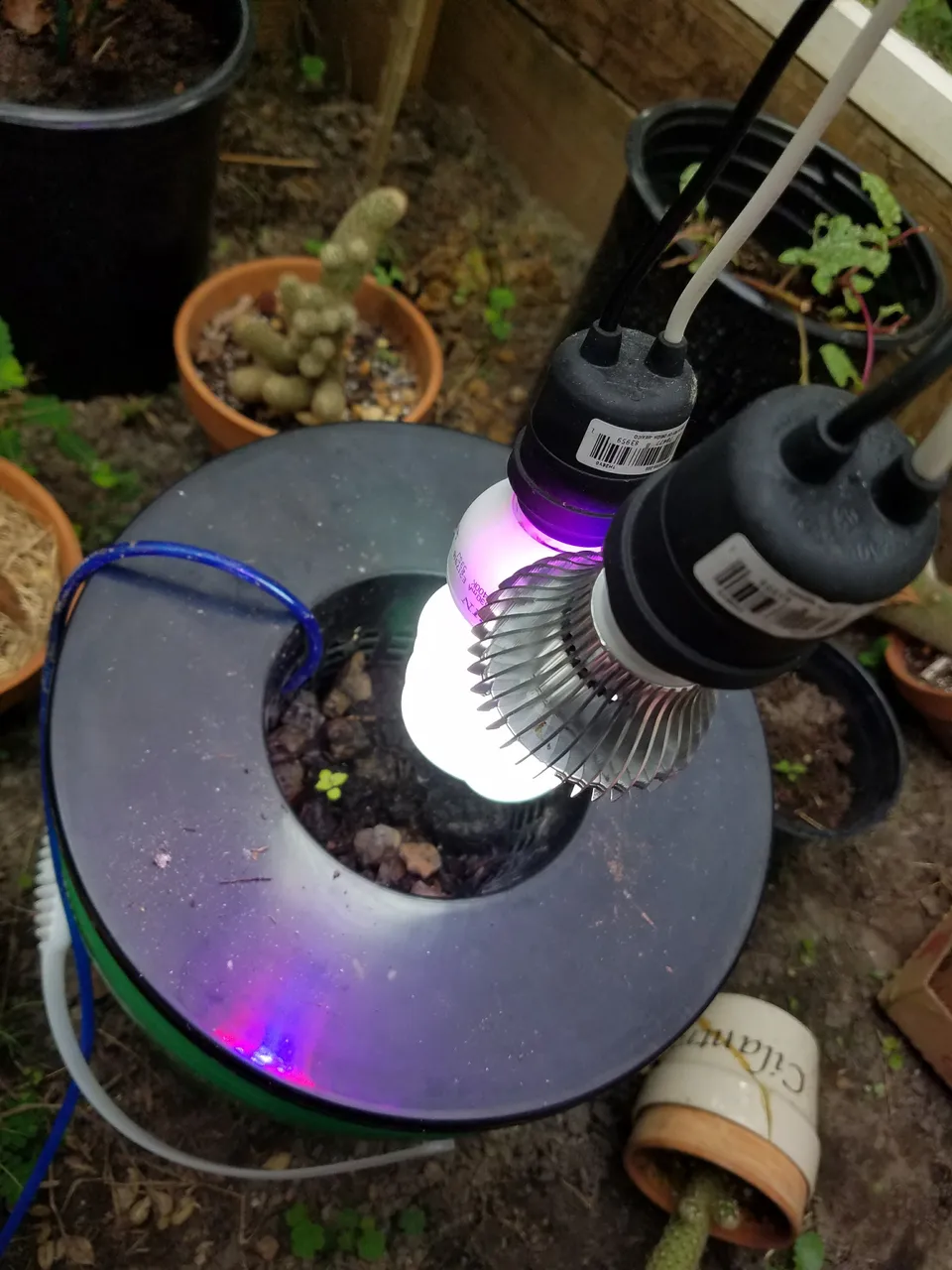
I've been wanting to play with hydroponics for a while now. I'm testing it with an easy subject: lemon balm. As you can see, it's sprouted nicely from seed, and I'm interested to see if my little DWC (deep water culture) project works. For nutrients, I'm using compost tea made from rabbit manure.
Carolina Reaper Peppers

Currently the official hottest pepper known to man, the Carolina Reaper has a really great flavor, similar to a chipotle, but with a much bigger kick! I've posted about this pepper before, but my plant died last winter. I'll be keeping this one in the greenhouse this winter.
Culantro
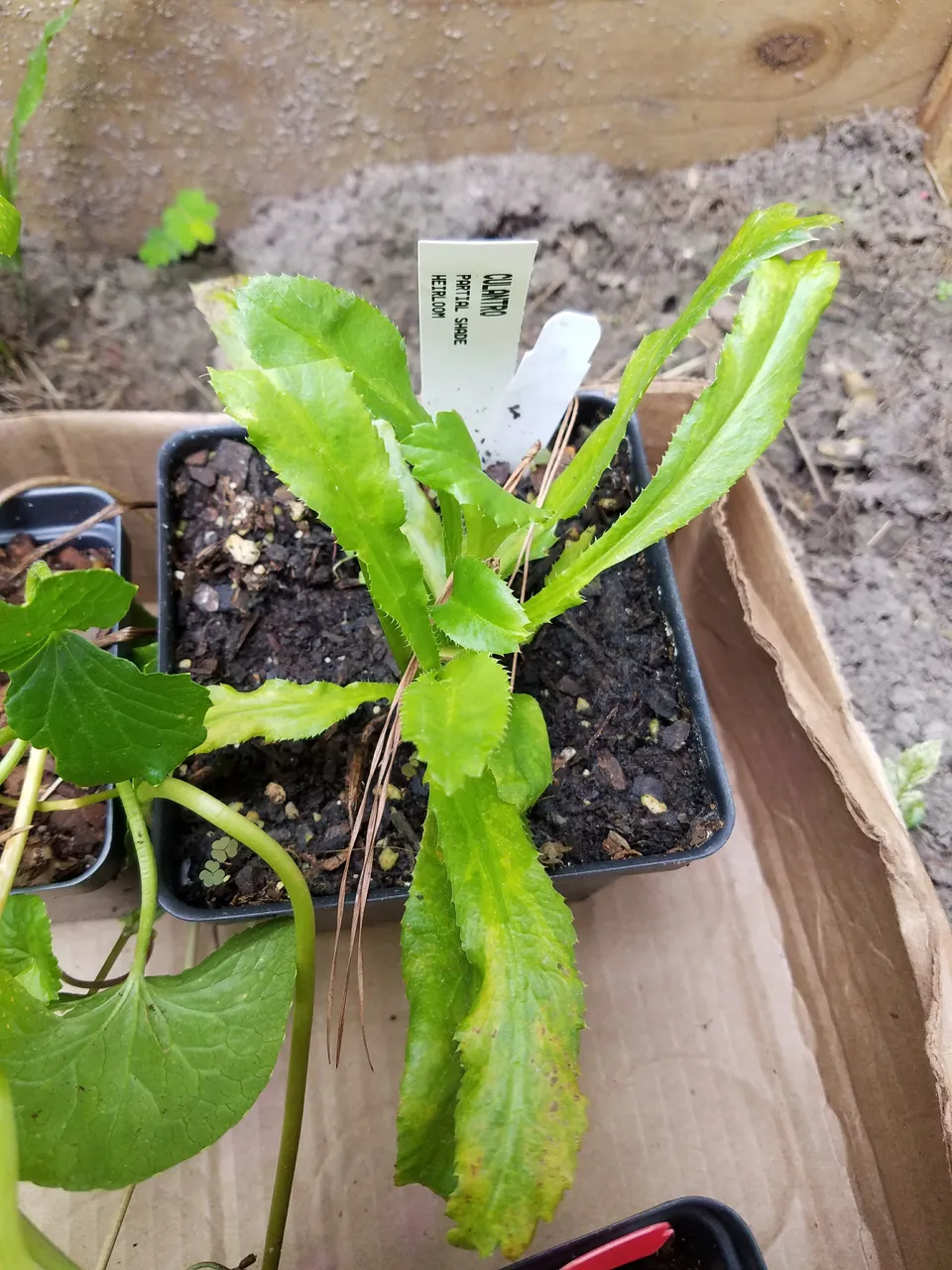
A common feature in Cuban cooking, Culantro features a similar taste to Cilantro but is said to be much stronger. It also holds up better to high heats and is more useful.
Cuban Oregano
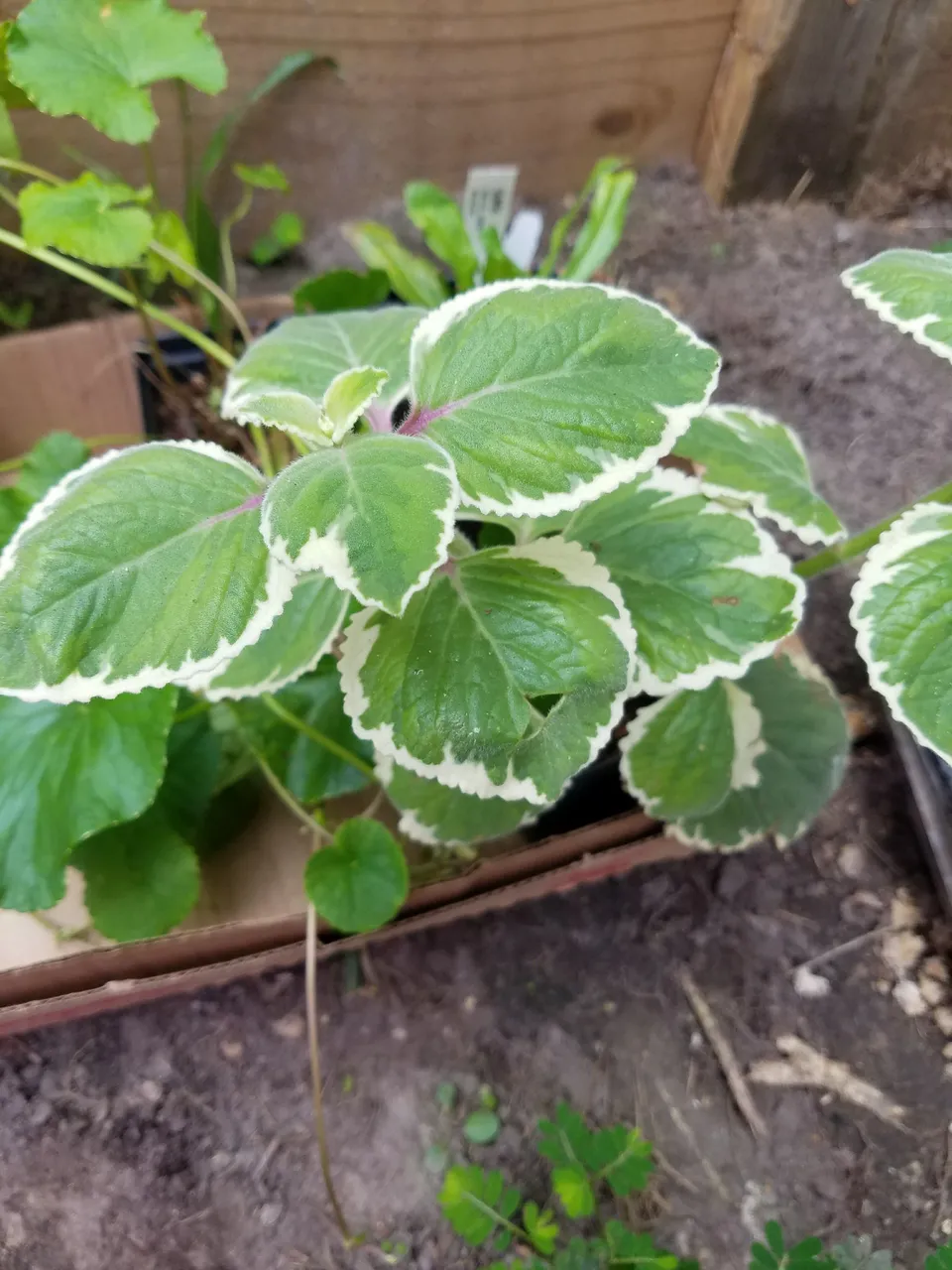
Not a true oregano, but a succulent that is considered to be a bit stronger than Greek oregano. This plant does well in light shade, so I will put it in the back of the greenhouse where it won't receive direct sunlight.
Comfrey
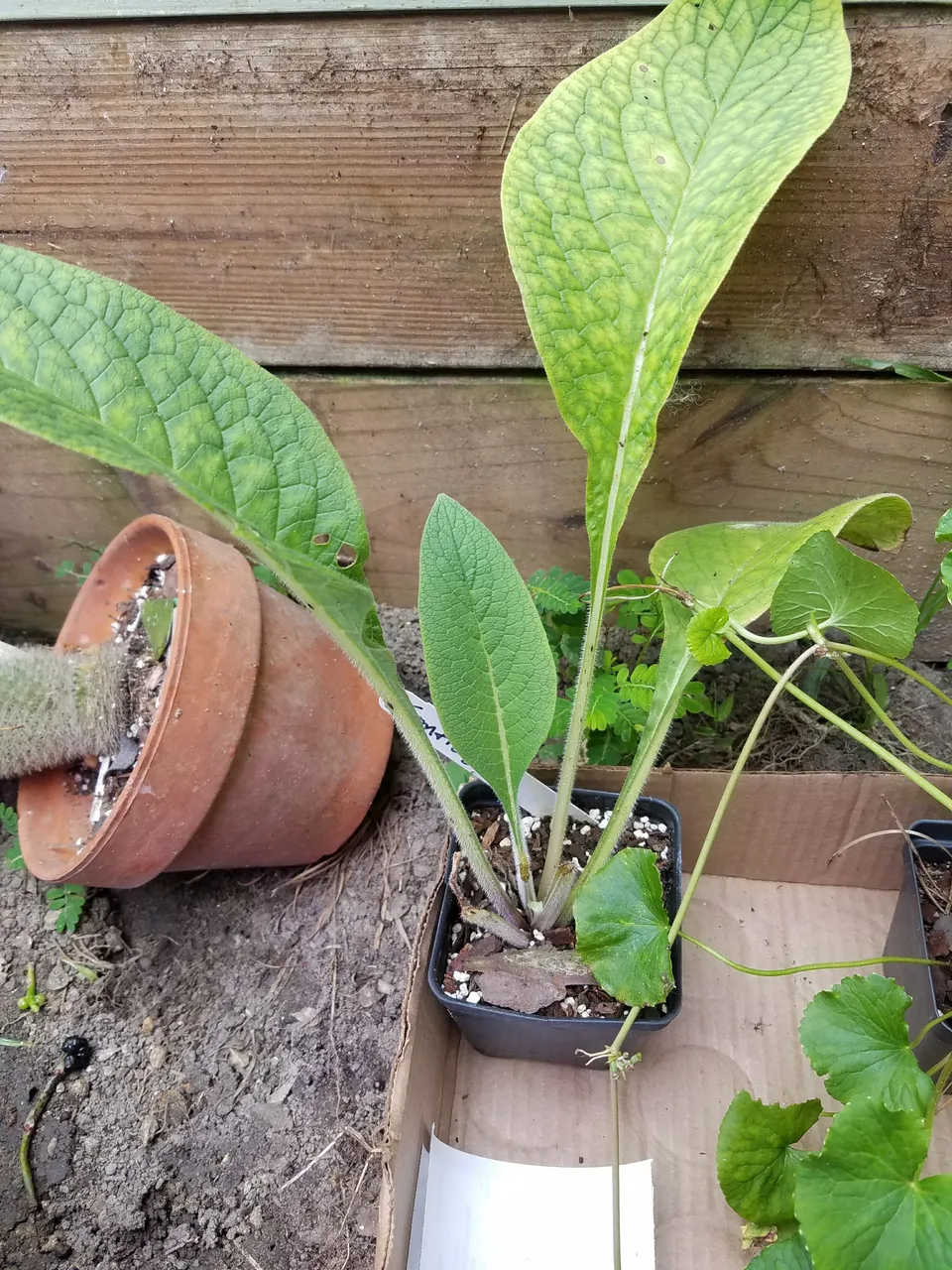
This plant is incredibly useful for wound healing and soothing sprains and bruises. After pulling a muscle in my back at the gym, I applied Comfrey to the sore spot, and within a matter of days, was able to return to the gym! In addition to its powerful anti-inflammatory and healing properties, Comfrey is known to significantly improve the quality of the soil it grows in.
Gotu Kola
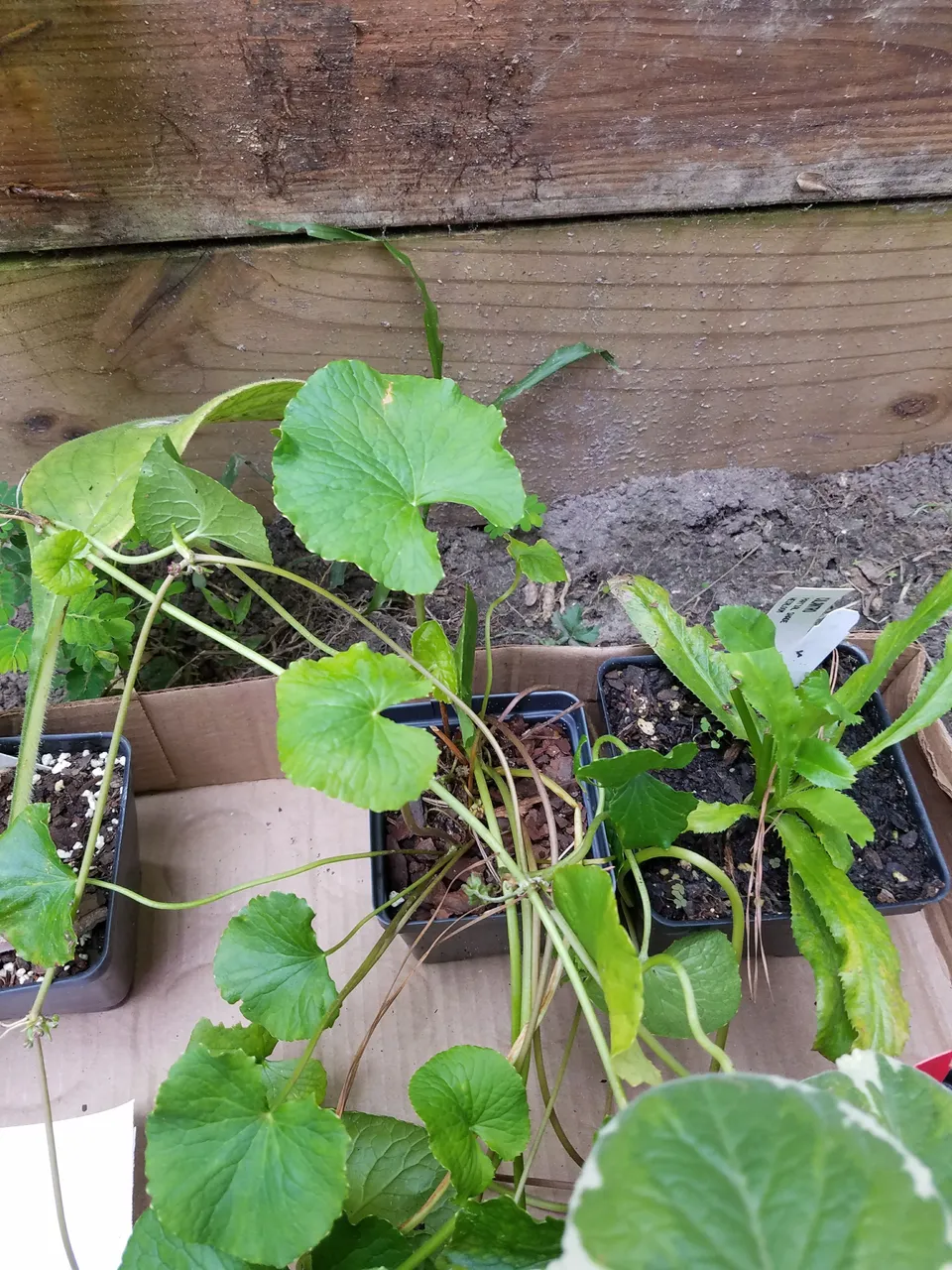
Considered to be a mild nootropic, and helpful in treating circulatory ailments, I enjoy the dried leaves in a tea. As a creeping plant, I am going to put it in a hanging container. It's also known to be frost tender so the greenhouse will be a good location for it.
Let me know what you think! I'll be posting updates on my plants as I go!